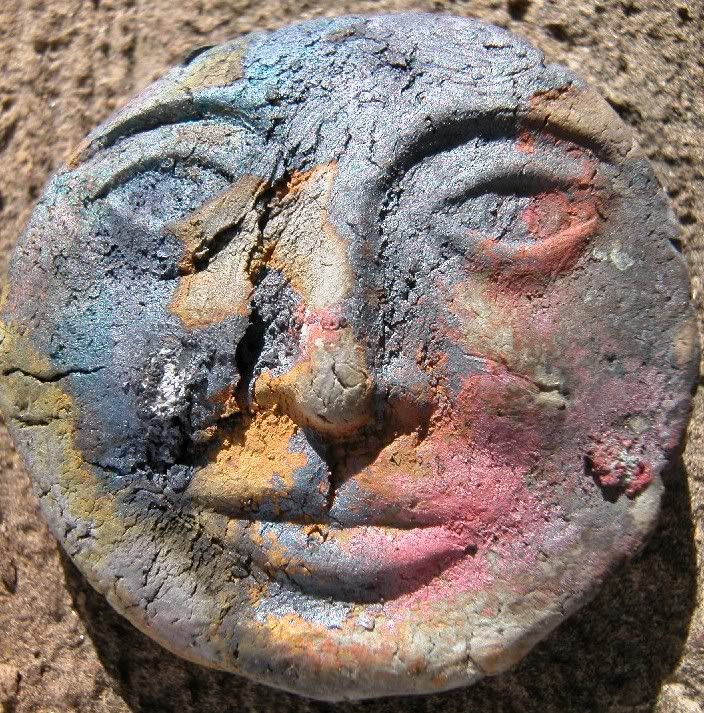AdamWiz wrote:So if I understand this correctly, if I do something like the procedure I discussed above, I should actually wait to brew the main batch until the small batch is sour to my liking and then add it to the boil while doing the main brew?(rather than separate fermentations and blending) Otherwise it will just continue to get more and more sour after I blend?
Exactamundo. Dixon's recipe actually has you first make a mini-mash with 20% of the base malt, just like normal, and then be sure to mash out above 170 F. But then, skip the boil, skip the hops, and get it into a fermenter right away and cooled down to <90 F. Then, instead of adding yeast, you throw in a handful of raw uncrushed base malt. He also says that as an alternative you can use yogurt containing active Lacto cultures instead of raw malt. Then the wild Lacto-containing critters are allowed to ferment for about 3-4 days. After that time is up, the mini-batch will smell like rotten pancake batter that's been sitting out for 3-4 days, which, I know it's crazy, but it's a good thing. Then you brew the main batch with the other 80% of the base malt plus specialty grains, adding also the sour mini-batch to the main mash during the sparge phase. Then you're back to normal, boil and add your hops, etc. So the wild stuff actually gets sparged with the rest of the batch to remove any excess chunks, thereby getting boiled with the rest as well.
I know, it's all so different, but it's really not too complicated. You're basically just getting a little wort sour for a few days, then brewing a regular batch, and adding in the soured stuff before the boil so that it gets killed off. Which results in a *slightly* tart and funky beer, but it's not unpleasant and gives a uniquely delicious character.


